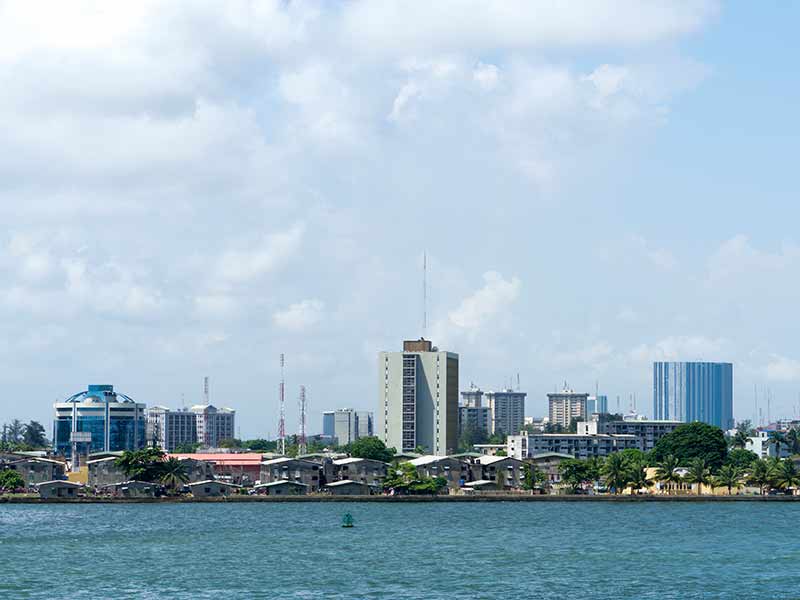Host Country Nigeria
Nigeria is a middle income, mixed economy and emerging market, with expanding financial, service, communications, technology and entertainment sectors. It is ranked 26th in the world in terms of GDP and is the largest economy in Africa.
It is also on track to become one of the 20 largest economies in the world by 2022. Its re-emergent, though currently underperforming, manufacturing sector is the third-largest on the continent, and produces a large proportion of goods and services for the West African region. Nigeria recently changed its economic analysis to account for rapidly growing contributors to its GDP, such as telecommunications, banking, and its film industry. As a result of this statistical revision, Nigeria has added 89% to its GDP, making it the largest African economy.
Nigeria moves to revive its textile industry
In the 1970s and early 1980s, Nigeria was home to Africa’s largest textile industry, with more than 180 textile mills employing over 450,000 people. The cotton, textile and garment (CTG) subsector of the economy was then the largest employer after the public sector, comprising over 25 percent of the manufacturing workforce. This industry was supported by the production of cotton by some 600,000 local farmers across the country.
Nigeria’s textile and apparel industry covers the entire clothing value chain, and has a strong potential for growth due to availability of cotton and the country’s large market-size represented by over 170 million inhabitants, who provide a natural market for textiles and apparels.
Moreover, there is also the scope to export Nigerian textiles and apparels to other markets, especially to the USA under the African Growth and Opportunity Act (AGOA) but also to Europe, Asia and the Middle East.
The decline of the industry, which started from 2003, has resulted in Nigeria spending over $2 billion annually on imported textiles. However, with the Federal Government Intervention Fund of N100 billion for the cotton, textile and garment industry introduced in 2010, the sector has started picking up.
Recent figures from the Manufacturers Association of Nigeria (MAN) revealed that the capacity utilisation in the sector has increased tremendously from 29.10 per cent in 2010 to 49.7 per cent in 2011 and currently put at 50.2 per cent.
The industry is dominated by foreigners, though it harbours various classes of players, individual investors, partnerships and government involvement in the industry. Several bigger mills swathe all the sectors while some smaller mills survive by servicing and feeding the bigger players. Some of the players are from Hong Kong, India, UK, China, Japan and even Colombia. However, the sector lacks the presence of a virile garment making industry.
To help solve this problem, the Nigerian Export Promotion Council (NEPC) established its fashion training facility, the Human Capital Development Centre (HCDC) in 2006. The centre is located in Apapa, Lagos, and has over 150 sewing machines, pattern making and cutting tables. It has the primary objective of promoting garment making skills, creating job opportunities and upgrading the technical skills to improve quality, productivity and efficiency level of the garment industry. It also supports the goal to establish the garment manufacturing industry as valuable with the hopes of boosting non-oil exports.
Speaking with journalists during a tour of the facility in 2016, the Executive Director/CEO of NEPC, Mr. Olusegun Awolowo said, “Nigeria is awash with creative talents in the fashion industry, whose designs can compete anywhere globally. However, there is a wide gap in production and finishing, which affects the marketability of garments made in Nigeria at the international market. Nigeria needs to participate more in the global market for garments, which was about $800 billion in 2015 and expected to reach $1trillion by 2021. The purpose of this centre is to build capacity of Nigerian garment producers in apparel production for local but particularly the export market.”
ASFW product groups and areas



